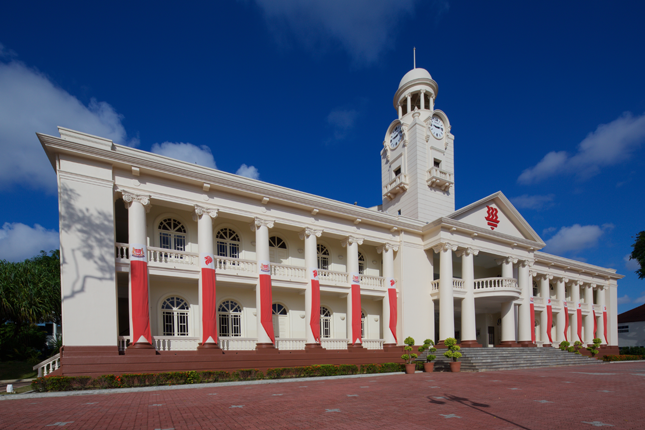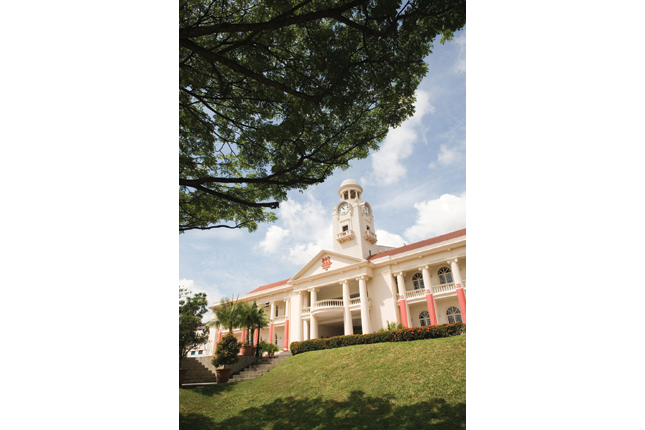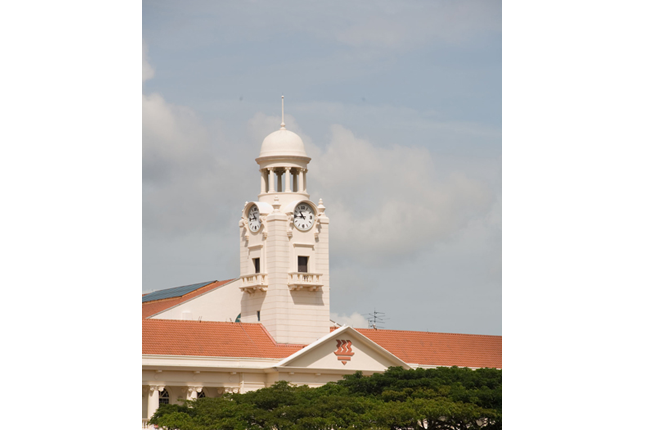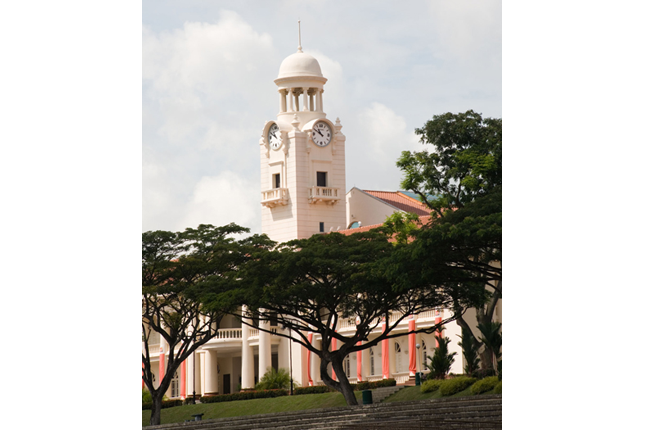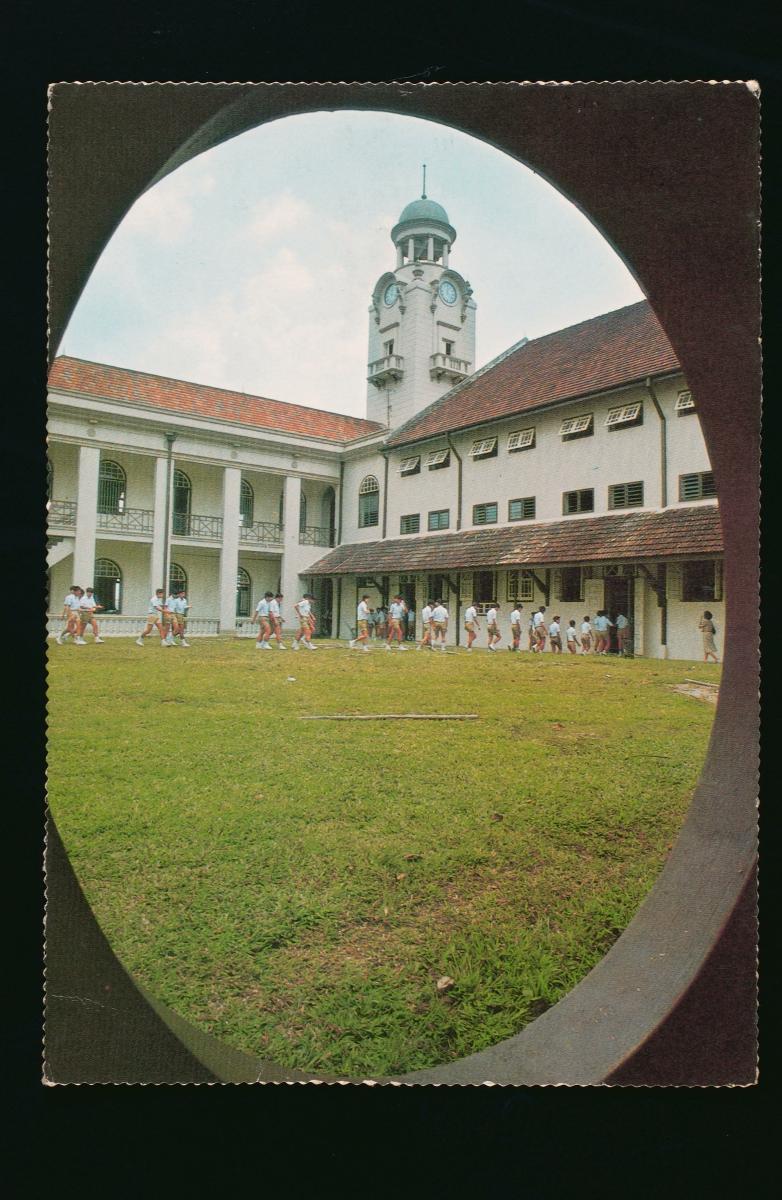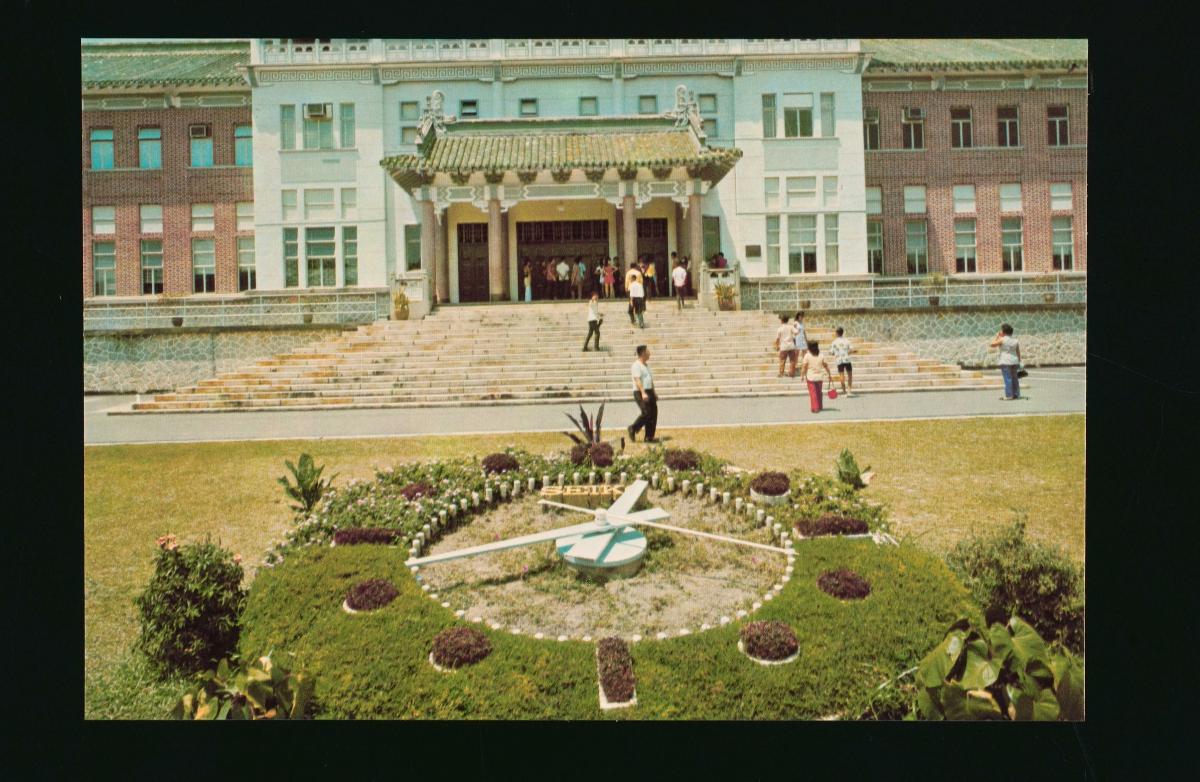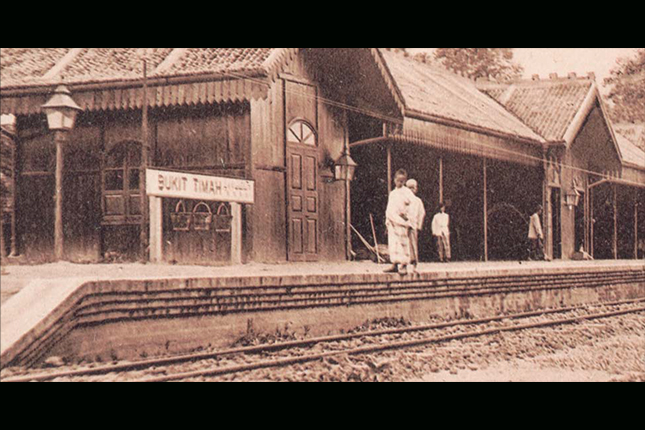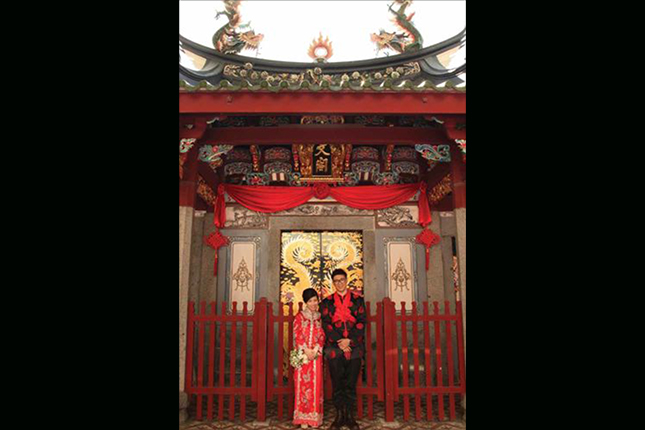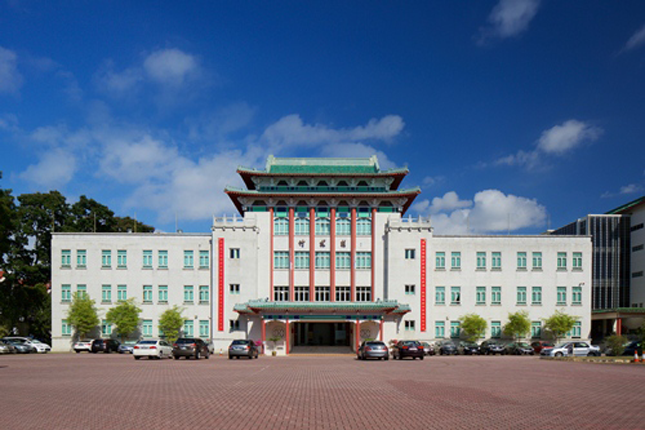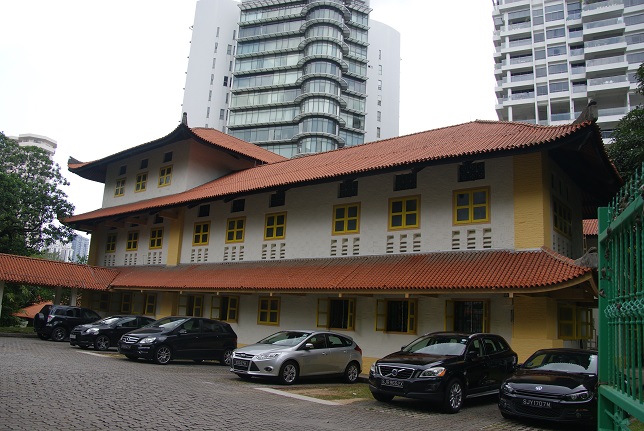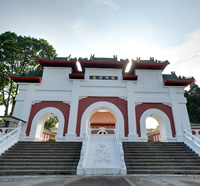The Chinese High School Clock Tower Building is the icon of the oldest Chinese-medium high school in Singapore and has been a visual landmark of Bukit Timah Road since its completion. It serves as a reminder of the local Chinese community’s commitment to quality education.
First Chinese-Medium Secondary and High School
Initially known as Singapore Nanyang Overseas Chinese Middle School (新加坡南洋华侨中学), The Chinese High School is the first secondary and high school to be established specifically for Singapore’s Chinese community, as well as one of the firsts in Southeast Asia. It was established on 21 March 1919 by the successful rubber magnate and Chairman of Tao Nan School Tan Kah Kee (陈嘉庚). Prior to the founding of The Chinese High School, Chinese schools in Singapore only offered primary education for children. They include Chui Eng Si E (翠英书院) at Amoy Street, Chongwen Ge (崇文阁) next to Thian Hock Keng, Ying Xing School (应新学校) at Ying Fo Fui Kun, and Nan Ming School (南明学校) at Hong San See.
In addition, many of these early Chinese schools were privately run by clan associations and often catered to children from the respective dialect groups. The Chinese High School, however, accepted students regardless of their dialect groups and backgrounds, and were co-run by members from different Chinese communities. Members of its first committee included Tan Kah Kee, a Hokkien, who was the school’s chairman; Ng Sing Phang (吴胜鹏), a Cantonese, who was the vice-chairman; and Lim Nee Soon (林义顺), a Teochew, who was the treasurer. The school’s first campus was located on Niven Road.
New Campus
The local Chinese community’s commitment to quality education was expressed in the construction of The Chinese High School campus on Bukit Timah Road between 1923 and 1925. Oei Tiong Ham (黄仲涵), a well-known sugar tycoon from Central Java and avid supporter of education, contributed 100,000 Straits dollars to the first phase of the project, in which the Clock Tower Building and other smaller structures were erected. Oei was also a generous donor to the building of Raffles College. The sprawling 66-acre site on which the school stands was formerly a rubber plantation. Fitted with electricity, the buildings in the new campus – including the Clock Tower Building, libraries, laboratories, dormitories, and other facilities – were said to be modelled after the modern colleges in Europe and America and could accommodate over 2,000 students.
Second World War
Between 1942 and 1945, the Japanese military used The Chinese High School campus as their base. The clock tower provided the invading troops with a vantage point and served as an ideal surveillance tower. By the end of the war, the campus had suffered considerable damages.
Architecture
Seated atop elevated ground, The Chinese High School Clock Tower Building commands an unparalleled view of its surroundings and Bukit Timah Road. Swan & Maclaren was appointed to prepare the drawings for the building. This well-known local architectural firm also designed Chesed-El Synagogue, Telok Ayer Chinese Methodist Church, Sultan Mosque, the Former Tanjong Pagar Railway Station, and the Civilian War Memorial.
Neoclassical architectural elements are incorporated into the building’s design; these include its symmetrical plan, the frontal triangular pediment, stately Ionic columns, and arched doorways and windows. The 36-metre-high clock tower is undoubtedly the building’s most prominent feature. A cupola, supported by eight small Ionic columns, crowns the tower. On each of the tower’s four faces is a timepiece; the original clock was removed and destroyed after the Japanese Occupation (1942–1945). The Clock Tower Building also encompassed a large hall, classrooms, and offices.
The Chinese High School Clock Tower Building
Two days before The Chinese High School celebrated its 74th anniversary in 1999, the Clock Tower Building was gazetted as a National Monument. In 2005, The Chinese High School merged with Hwa Chong Junior College, its pre-university counterpart, to become Hwa Chong Institution.
Our National Monuments
Our National Monuments are an integral part of Singapore’s built heritage, which the National Heritage Board (NHB) preserves and promotes for posterity. They are monuments and sites that are accorded the highest level of protection in Singapore.




